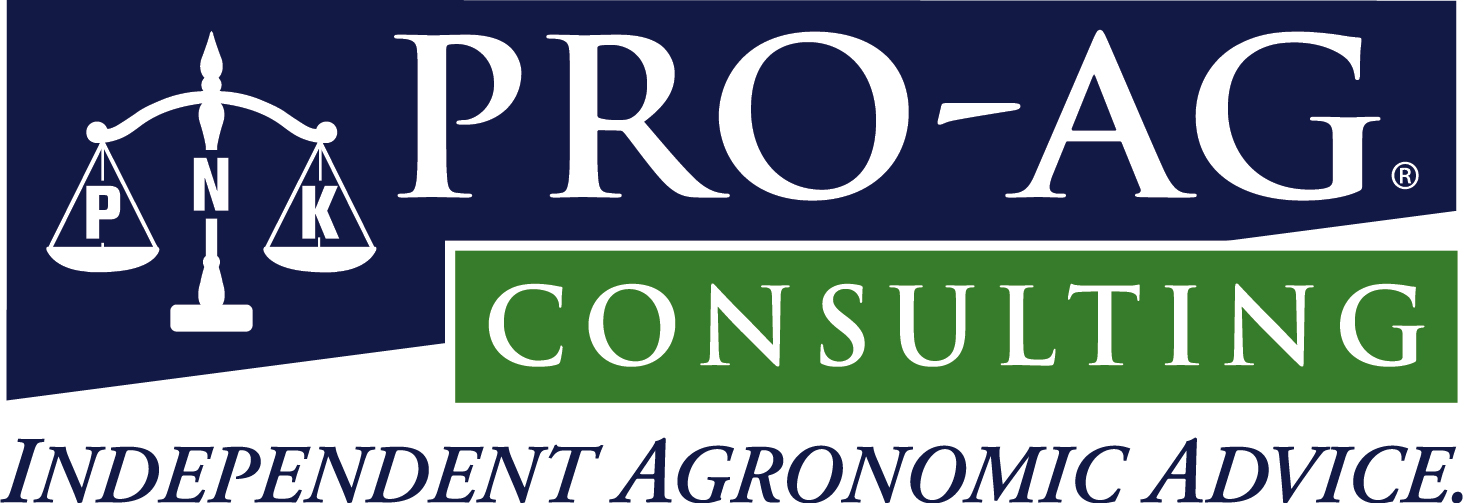When University of Illinois professor Gary Schnitkey looks at the current projections for commodity prices and farm bill program payments, he gets a little nervous for the American farmer.
“Farm income has always been price-sensitive, but now farm programs are also price-sensitive and have payment limits,” Schnitkey said at the USDA’s 2015 Agricultural Outlook Forum in Arlington, Va., where he presented on the impact that low crop prices could have on farm income and farm bill program payments. “We are exposing them to more downside risk.”
It represents a significant shift for American farmers, who will no longer be able to rely on direct payments to cushion a bad year. Instead, they are opting instead for higher levels of crop insurance and making their own educated guess on whether ARC or PLC will be the better financial choice for their operation for the next five years.
Those reference prices aren’t necessarily generous. For PLC, corn prices will need to fall below $3.70, soybeans below $8.40, and wheat below $5.50 before a payment is triggered. “We are now guaranteeing levels below the cost of production,” Schnitkey pointed out.
He suggested that such equations could lead to some tight times ahead, particularly for farmers who rent their land. “The people that I think are going to be stressed this time around have certain characteristics: high amounts of cash rent and high cash rent levels,” Schnitkey said. “How are they going to adjust their operations to that fact?”
It could be very difficult. In his presentation, Schnitkey highlighted the stubbornly increasing costs of productions. Between 2006 and 2013, for example, the non-land costs for farmers in Central Illinois nearly doubled, from $313 per acre to $615 per acre.
The biggest expenses? Fertilizer (up $82 to $193 per acre), seed (up $45 per acre to $114), machinery depreciation (up $20 to $63 per acre) and pesticides (up $40 to $66 per acre).
“Which one of those comes down?” asked Schnitkey. “That’s the question of the hour—and everyone is looking at everybody else.”
